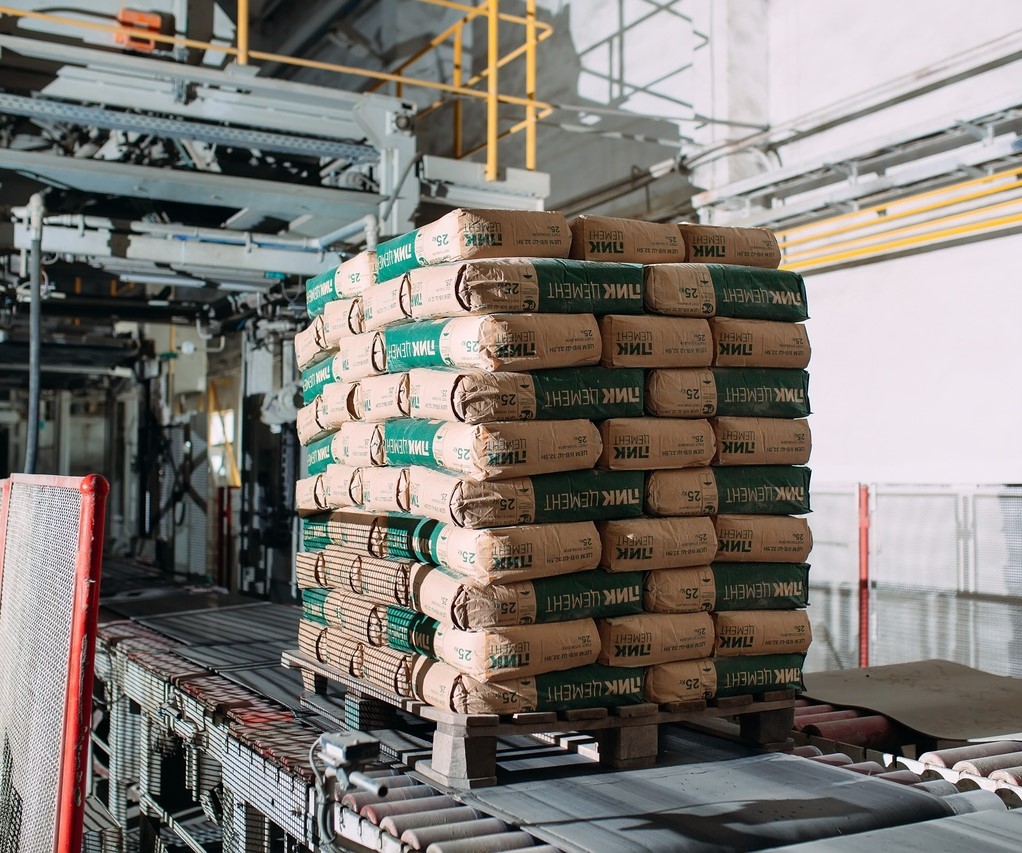Cement production accounts for 7-8 per cent of global greenhouse gas emissions, making the sector a key focus area for sustainability efforts and highlighting the need for innovation to achieve net-zero goals, an official said.
“Cement consumption in India stands at approximately 250 kg per capita, far below the global average of 500 kg. With infrastructure driving economic growth, cement consumption will witness sustained growth over the next decade. The industry also has the potential to produce green hydrogen, a critical component for decarbonisation,” he said at the 7th Cementing India summit organised by the Indian Chamber of Commerce (ICC). The event also saw other industry leaders echoing concerns about sustainability and the need for innovation.
Pietro Recchi, Asian Pacific Regional Head, MAPEI, stressed clinker replacement as a short-term solution to reduce emissions. “Technological innovations such as AI and IoT can make cement plants smarter and more sustainable. However, this demands a cultural shift, leadership vision, and strategic resource allocation,” a Birla Corporation official remarked. Indian cement installed capacity is currently pegged at about 600 million tonne and expects to add another 150-160 million tonne capacity till FY’28.
Tags: Cement, Decarbonisation, NetZero



Recent Posts
Robert Allan Ltd. to Design Fully Electric AmpRA 3600 Tug for Tianjin Port
U-Ming Marine Conducts First Bunkering of FAME B24 Biofuel
DNV Validates Electric Hydrogen’s HYPRPlant for Safety, Efficiency and Commercial Readiness
Nepal Eyes Green Hydrogen Future with Policy Push and Hydropower Potential
India Tests First Hydrogen-Powered Rail Coach at ICF Chennai
Scandlines Nears Delivery of Zero Emissions Ferry Following Successful Sea Trials
India faces emission roadblocks with rising net-zero demands
Green Energy Resources invests in two electric Liebherr LHM 550